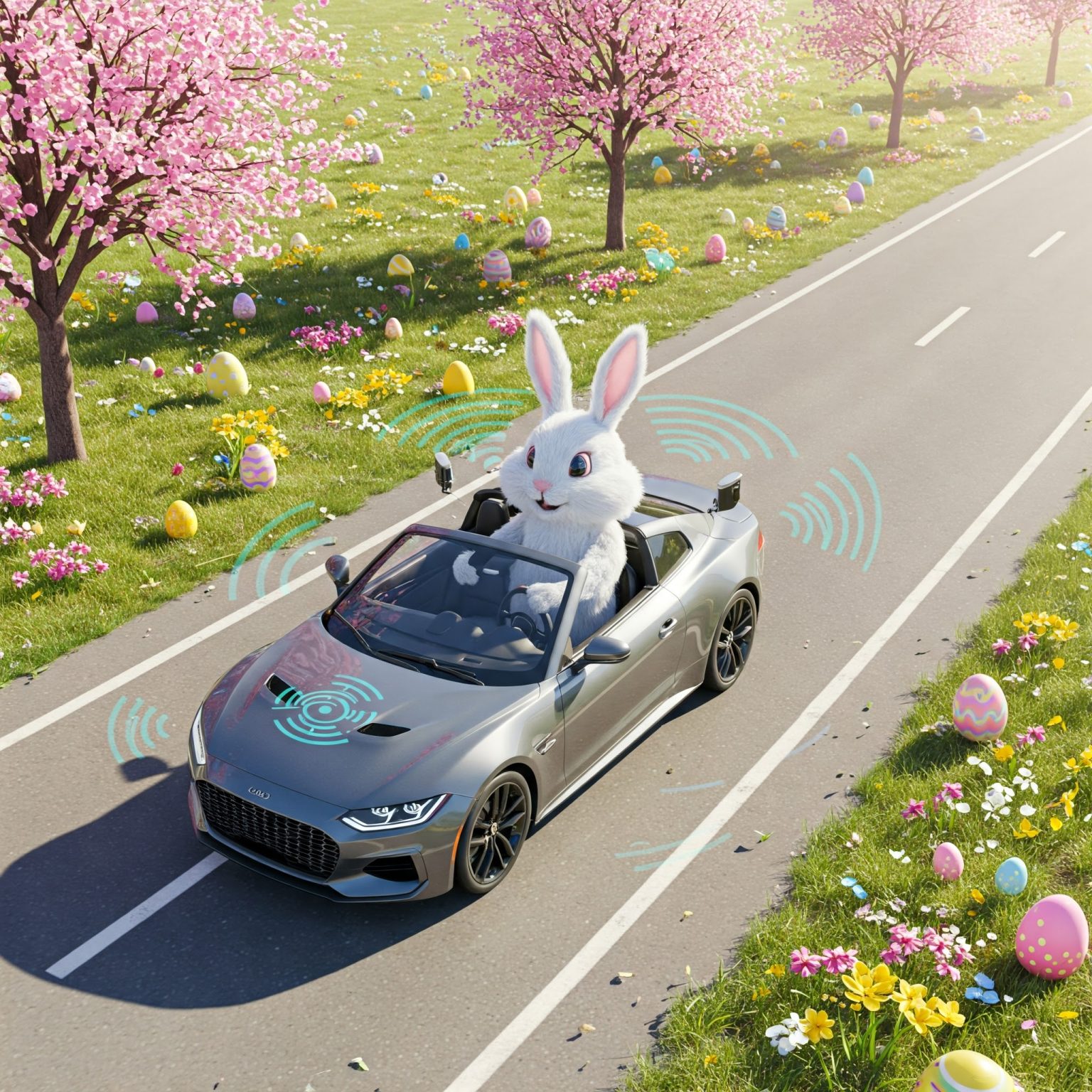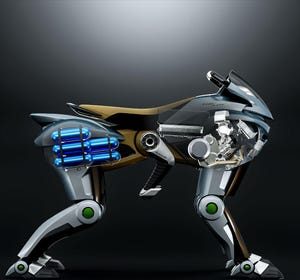As Australia stares down the barrel of its worst road toll in over a decade, it’s important that drivers take extra care this Easter break.
In 2024, 1,300 people died on Australian roads – 23 during the Easter long weekend. Back in 2015, that number was 1,209, evening dipping to 1,095 in the year 2020. While our population has grown and the number of cars on the road has increased, so too has our safety technology.
With ANZAC Day a week after Easter, higher volumes of traffic are expected as families take advantage of an extended school holiday break.
Federal Chamber of Automotive Industries chief executive Tony Weber urged drivers to be alert and aware.
“Cars have never been safer for all road users. The road toll should be decreasing, not increasing. We all know the major risk factors: speed, distraction, intoxication, fatigue and failing to wear a seatbelt.
“These factors are entirely within our control as drivers. Make good choices. Remember the stakes. Together we can make Easter 2025 the turning point for the road toll.”
One of the most significant ways you can reduce your chance of being in an accident in the first place is to leverage the ADAS technology available in your car. Advanced Driver Assist Systems are present in most moderately-priced modern vehicles and have been so for many years.
Far too often drivers don’t use this technology, preferring to drive manually rather than leverage this critical safety technology.
ADAS varies considerably between vehicles and automakers, so let’s take a look through some options and if your car has them, please learn about them and use them, it could save your life.
Adaptive Cruise Control
Adaptive Cruise Control (ACC) is an advanced driver-assistance system that goes beyond the capabilities of traditional cruise control. While conventional systems maintain a set speed, ACC utilizes sensors, such as radar or cameras, to monitor the vehicle in front.
This allows the system to not only hold a driver-selected speed but also automatically adjust the vehicle’s speed to maintain a pre-set following distance from the detected vehicle ahead. This means that where speeds fluctuate, ACC can slow your vehicle down and then accelerate back to the set speed when the path ahead is clear.
One of the primary ways ACC helps reduce driver risk is by managing following distance. Maintaining a safe gap between your vehicle and the one in front is crucial for avoiding rear-end collisions. This takes away some of the burden from the driver, especially in situations where traffic speed changes frequently, helping to prevent inadvertently following too closely and providing more time to react to sudden stops by the vehicle ahead.
Lane Keeping Assist
Lane Keeping Assist (LKA) is an ADAS technology designed to help drivers stay within their designated lane markings. Utilizing cameras typically mounted near the rearview mirror, the system identifies the lane lines on the road surface. If the vehicle begins to drift out of its lane without an active turn signal, LKA can provide a gentle corrective steering input to guide the vehicle back towards the center of the lane. This differs from Lane Departure Warning (LDW), which typically only provides an alert (visual, audible, or haptic) when a lane departure is detected, leaving the corrective action solely to the driver.
The primary way LKA reduces driver risk is by actively helping to prevent unintentional lane departures. Drifting out of a lane can occur due to various factors, including driver distraction, fatigue, or momentary inattention.
By providing corrective steering assistance, LKA can intervene in these critical moments, preventing the vehicle from veering into adjacent lanes or off the road entirely. This is particularly valuable on highways or long stretches of road where a lapse in concentration could have serious consequences, significantly lowering the risk of incidents caused by unintentional lane deviation.
Furthermore, by actively assisting in keeping the vehicle within its lane, LKA contributes to reducing the likelihood of potentially severe collisions such as head-on impacts or side-swipes. When a vehicle drifts into an opposing lane or the path of a vehicle in an adjacent lane, the risk of a direct collision increases dramatically. LKA acts as a safety net, working to keep the vehicle on its intended path and thus minimizing the chances of these dangerous scenarios occurring.
Lane Centering
Lane Centering is an advanced driver-assistance system that actively works to keep the vehicle positioned in the center of the detected lane. Unlike Lane Keeping Assist (LKA), which primarily intervenes when the vehicle is about to unintentionally leave its lane, Lane Centering provides continuous, subtle steering adjustments to maintain a centered position.
Utilizing cameras and sometimes radar to read lane markings and monitor the road ahead, the system aims to keep the vehicle tracking smoothly in the middle of its lane, reducing the tendency to drift from side to side within the lane boundaries.
This active assistance in maintaining a centered lane position significantly reduces driver workload and fatigue, especially during highway driving or in stop-and-go traffic. By providing continuous steering support, Lane Centering helps the driver maintain a more consistent and stable path.
By reducing this burden, the driver can remain more relaxed and focused on overall situational awareness, thereby lowering the risk of errors due to fatigue or inattention.
When used in conjunction with Adaptive Cruise Control, the system can provide a more comprehensive assistance experience, managing both the vehicle’s longitudinal speed and lateral position.
This combined functionality can enhance safety by helping the driver maintain a safe bubble around their vehicle, reducing the potential for conflicts with other road users.
Navigation Routing
Many drivers, particularly on familiar routes, choose not to use a navigation system, potentially missing out on crucial real-time information. Modern navigation apps and in-car systems are constantly fed data from various sources, including other vehicles, traffic sensors, and user reports, about current road conditions.
This allows them to identify and alert drivers to unexpected events such as accidents, road closures, significant delays, or even hazardous weather conditions impacting specific routes. By not inputting a destination, drivers are essentially proceeding blind to these dynamic situations, relying only on what they encounter directly in front of them.
Crucially, having your destination plugged into a navigation system allows for automatic re-routing around these unforeseen incidents. When an accident or closure occurs on your planned path, the navigation system can instantly calculate and suggest alternative routes that avoid the disruption.
This is not just about saving time; every minute spent unexpectedly sitting in congested traffic near an incident, or navigating unfamiliar diversions without guidance, increases exposure to potential hazards and the likelihood of being involved in a secondary incident.
By efficiently guiding you around problems, navigation systems directly contribute to reducing the total time and distance you spend in potentially higher-risk driving environments.












